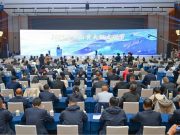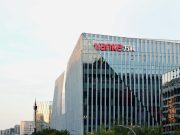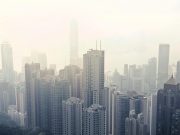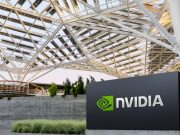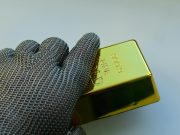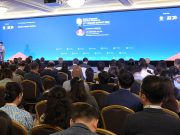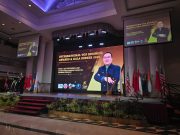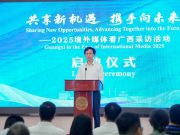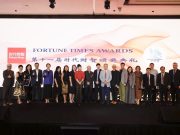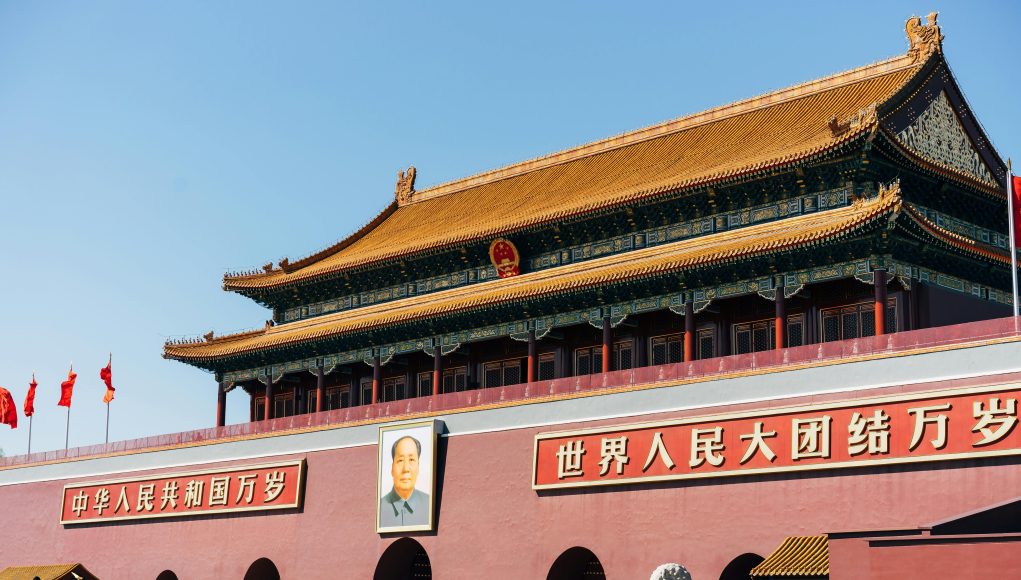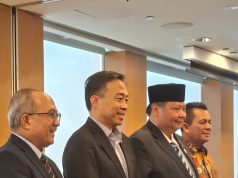
(Singapore, 02.09.2025)In a grand display of military power and diplomatic ambition, China is set to commemorate the 80th anniversary of the end of World War II with a massive military parade in Beijing. The event, meticulously orchestrated and closely watched by the international community, will serve as a platform for President Xi Jinping to underscore China’s growing global stature.
This year’s parade marks a significant evolution from the last major event held in 2015, reflecting a decade of sweeping military reforms, geopolitical shifts, and a sharpened focus on advanced weaponry.
The parade, held on Wednesday, will unfold with a series of ceremonial traditions, beginning with a flag-raising ceremony and a keynote speech by President Xi Jinping. The address is anticipated to feature rhetoric celebrating China’s sacrifices and contributions to the war against Japan.
However, observers are keenly awaiting any potential surprise announcements, similar to the 2015 parade when Xi revealed a dramatic reduction of 300,000 personnel in the People’s Liberation Army (PLA), triggering one of the most significant military restructurings in modern Chinese history. That reform reshaped military theater commands, consolidated the Central Military Commission, and created new branches like the Rocket Force.
This year’s address is particularly significant following another recent restructuring unveiled by Xi, which replaced the Strategic Support Force with three new separate branches. Analysts believe more changes may be on the horizon as China continues to modernize its armed forces.
Corruption Probes and Leadership Shifts in Focus
The parade will also be under a microscope for signs of the ongoing anti-corruption campaign that has shaken China’s military leadership.
A notable absence is expected from Politburo member He Weidong, a vice chairman of the Central Military Commission. While no official reason has been given for his prolonged absence from public events, media reports suggest he may be the latest high-profile figure caught in the expanding military corruption probe. The purge has already rippled through the defense establishment, notably affecting the leadership of the Rocket Force, which commands China’s strategic nuclear arsenal.
Military observers will be paying close attention to the new faces among the ranks of uniformed officers marching down Chang’an Avenue. The presence of these new leaders could offer clues about the extent of the recent purges and the resulting changes in military command.
Global Leaders Gather as Diplomacy Takes Center Stage
The guest list for the parade highlights China’s shifting diplomatic alignments. Russian President Vladimir Putin is a confirmed attendee, his presence signaling the deepening strategic partnership between Moscow and Beijing. This alliance is likely to influence the attendance of European nations, potentially leading to a scaled-back presence from Western countries.
In a particularly noteworthy development, North Korean leader Kim Jong Un will be in attendance, marking his first visit to China since January 2019. His presence alongside Xi and Putin is a rare public appearance on a global stage. The visit follows Kim’s recent display of North Korea’s advancing weapons program, including plans to develop a new intercontinental ballistic missile (ICBM).
North Korean state media, the official Korean Central News Agency (KCNA), reported that Kim inspected a chemical materials research institute and discussed plans for mass production of carbon-fiber composites for advanced solid-fuel ICBMs. This new technology, which makes missiles harder to detect and intercept, underscores Pyongyang’s intensifying efforts to boost its arsenal despite United Nations sanctions.
The level of representation from Southeast Asian countries will also be a key indicator of China’s regional influence. President Xi has prioritized relations with the region, with his first overseas trip this year including visits to Vietnam, Malaysia, and Cambodia. The attendance of foreign ministers from Hungary, France, and Italy, along with ambassadors from the U.S. and Canada, will also be closely watched to gauge the diplomatic temperature.
China to Unveil Next-Generation Military Hardware
The centerpiece of the parade will be the public unveiling of China’s latest military hardware. A significant portion of the equipment on display is making its debut, with a focus on advanced weaponry designed for modern warfare. Military officials have hinted that new drones, counter-drone systems, electronic jamming equipment, and hypersonic missiles will be showcased.
Online videos and photos from parade rehearsals have already provided a glimpse of the impressive arsenal, including models of advanced collaborative combat aircraft, large uncrewed underwater vehicles, and hypersonic missiles.
China’s weapons have gained recent international attention, with Pakistan using Chinese-made PL-15 missiles and J-10C jets to shoot down Indian aircraft in May. Pakistan has since added a new Chinese attack helicopter to its arsenal and intends to purchase advanced fighters, while Indonesia is considering the purchase of J-10 jets.
Beijing Imposes Controls for a ‘Flawless’ Event
As is customary for major political events, Beijing is taking extensive measures to ensure a flawless presentation. To guarantee “blue skies” for the parade, steel mills and coking coal factories in northern China have been ordered to limit or halt production. Residents who use virtual private networks (VPNs) to bypass China’s Great Firewall are bracing for potential disruptions.
For Beijing residents accustomed to the inconveniences of living at the heart of China’s political scene—including subway lockdowns and mall closings—this year’s parade comes with one fewer perk than the 2015 event.
The national holiday granted on the day of the last parade has not been announced for this year, a detail that may not be a surprise given the city’s continuous preparations for high-profile events.
U.S.-India Trade Tensions Surface Amid Geopolitical Shifts
The backdrop of this major event is further complicated by rising global tensions. U.S. President Donald Trump recently announced new 50% tariffs on Indian goods, citing India’s purchases of Russian oil as a key reason.
These tariffs, which doubled the existing duty, have stunned Indian officials and affected labor-intensive industries. Trump claimed that India has since offered to cut its tariffs to “nothing,” though the timing and status of this offer remain unclear.
Despite the pressure, India’s ties with Russia appear to remain strong. Indian Prime Minister Narendra Modi and Russian President Putin met in China, with Modi declaring that India and Russia share a “special” relationship.
Modi also held talks with President Xi Jinping, pledging to be “partners, not rivals” and discussing issues from border disputes to increasing trade. This complex web of alliances highlights the shifting geopolitical landscape, where countries are balancing their relationships with competing global powers.


